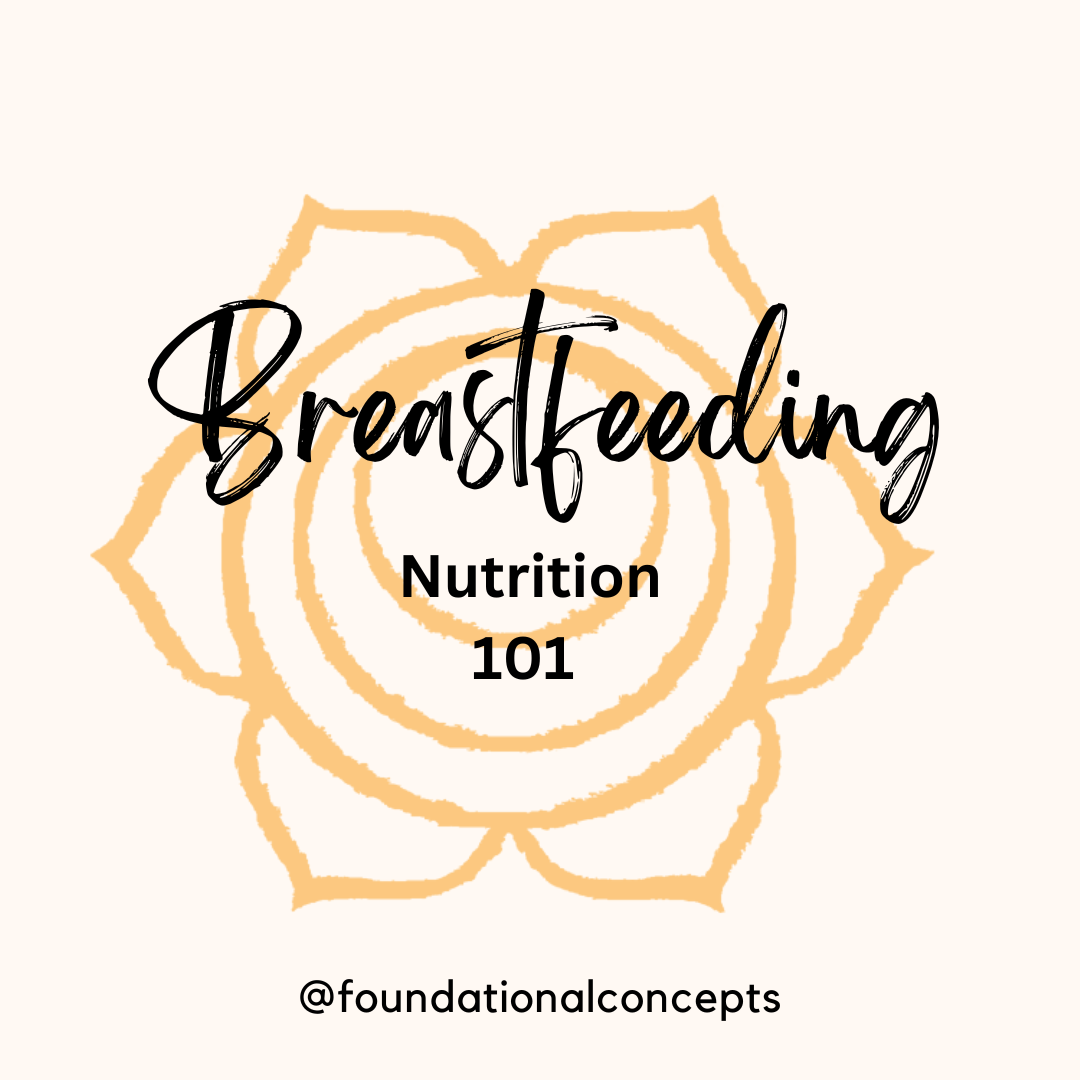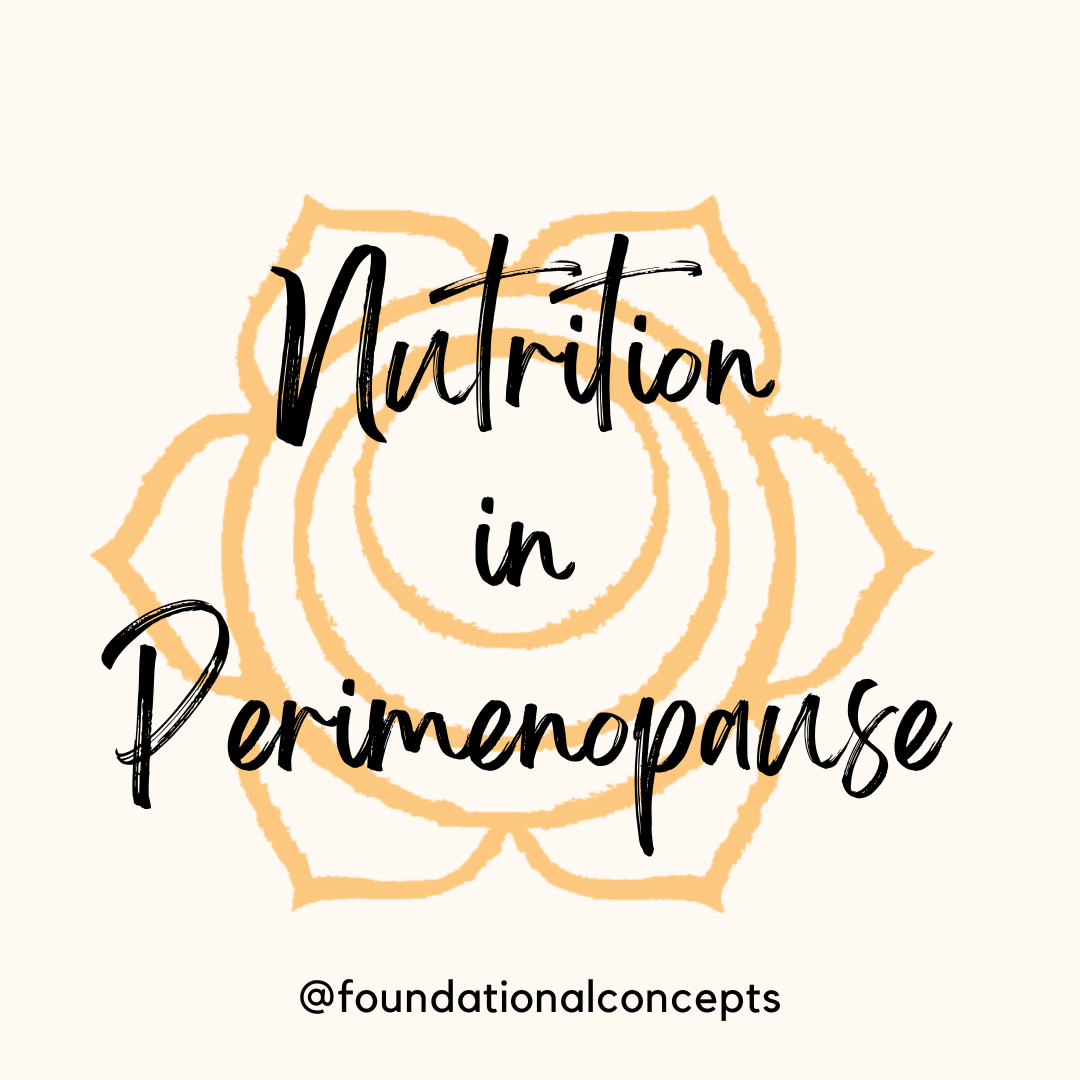Nutrition plays such an important role in our pregnancies and post-partum periods. Breastfeeding requires time…

Prostatitis: Not All Types Are the Same
Prostatitis is the number one reason men under the age of 50 visit a urologist. One-third of men during their lifetime will experience symptoms of prostatitis. It is a common diagnosis men receive if they have pain “down there” or a sudden onset of urinary symptoms.
Types of Prostatitis
There are four different categories of prostatitis. Identifying which is the correct diagnosis is important in determining a treatment plan. Let’s first look at the different categories of prostatitis.
- Category I: Acute Bacterial Prostatitis
- Category II: Chronic Bacterial Prostatitis
- Category III: Chronic Prostatitis / Chronic Pelvic Pain Syndrome
- Category IV: Asymptomatic Prostatitis
Category I and II are due to a bacterial infection of the prostate that is confirmed with a culture and treated with traditional antibiotics. This accounts for about 8-10% of prostatitis cases.
Category IV is a condition in which the patient and physician can detect no symptoms, but white blood cells are found in the prostatic secretions or in prostate tissue during an evaluation of other disorders. This is an uncommon type of prostatitis in which the prostate may be inflamed but men do not have other symptoms typical of other forms of prostatitis.
Category III: Chronic prostatitis/Chronic Pelvic Pain Syndrome (CP/CPPS) is what we will be focusing on. This type of prostatitis is NOT a bacterial infection and it should not be treated as one. This accounts for 90% of prostatitis cases. CP is often treated in the traditional way by means of antibiotics, but does not respond and symptoms do not resolve because it is not an infection.
What does Chronic Prostatitis/CPPS present like?
The symptoms of CP can include frequent or constant urge to urinate, difficulty initiating the stream of urine, slow urine stream, pain with prolonged sitting, pain with or difficulty obtaining an erection, pain during or after ejaculation, premature ejaculation, or pain with increased activity such as exercise. Pain is often in the testicles/scrotom, penus, rectum or anus, groin, tail bone, prostate, thighs, lower back or lower abdomen. Sometimes it is difficult to describe exactly where the pain or discomfort is, especially if it feels deep inside the pelvis. Symptoms can be intermittent or constant, and may fluctuate over time.
For decades, medical doctors and urologists have struggled to understand the cause of and effective treatment for CP. It is a condition that is often misdiagnosed and, therefore, mistreated. Males suffering have often endured prolonged periods with uncertain or incorrect diagnoses, multiple tests, and many failed therapeutic regimens. As a result, men with CP may become frustrated and feel misunderstood. Many patients describe a sense of alienation from healthcare providers, who are perceived to be unsympathetic to their pain and disappointment. When medical tests find no apparent cause for their pain, some men are told that there is nothing wrong with them, implying that their pain may be all in their head.
What is the cause of Chronic Prostatitis?
CP can be initiated by a number of factors, including periods of excessive stress and high anxiety, sitting in a slumped posture for prolonged periods of time, a sedentary lifestyle, extended bicycle riding, pelvic trauma, poor posture, weight lifting, anxiety related to sexual encounters, previous pelvic surgery or infection, and psychologic factors.
How is Chronic Prostatitis treated?
Like previously stated, CP does not respond to traditional means of medical treatment such as antibiotics and surgery because it is NOT an infection. The source of pain with CP is often not the prostate, but rather chronically tightened pelvic floor muscles. When the pelvic floor muscles are tense, they create a very inhospitable environment for all the nerves, blood vessels, and organs there, as well as compromise the function of the urethra and anus. Over time, this can result in discomfort, pain, and dysfunction.
All muscles, including those in and around the pelvic floor, have the potential to develop trigger points. Trigger points are defined as points of spot tenderness in a palpable taut band. This tender point can be at the actual site of the trigger point, or can refer pain elsewhere in the body. For example, a specific trigger point in the abdominals can refer pain to the testicle on the same side. The pelvic floor muscles themselves can refer pain to the genitals, perineum, anus/rectum, or tail bone. Repeated or chronic muscular overload can activate trigger points in the muscle.
Physical Therapy for Management of Chronic Prostatitis
Research shows physical therapy to be very effective in treatment of CP. It is important to find a health care provider who specializes in pelvic floor physical therapy to do a complete assessment and determine the contributing factors and appropriate treatment. Pelvic floor physical therapy treatments may include myofascial trigger point release of the pelvic floor muscles, relaxation and strengthening exercises, biofeedback, and assessment of posture and alignment. Every patient is unique and no two patients with CP are the same. It is important to find a health care provider who can do a thorough evaluation and determine the proper path of recovery.
Nicole DeBrie PT, DPT
Nguyen CT and Shoskes DA, in Chronic Prostatitis / Chronic Pelvic Pain Syndrome, Humana Press, 2008. Shoskes, DA, ed.
Schaeffer, A. Chronic Prostatitis and the Chronic Pelvic Pain Syndrome N Engl J Med 2006; 355:1690-1698 October 19, 2006 DOI: 10.1056/NEJMcp060423




